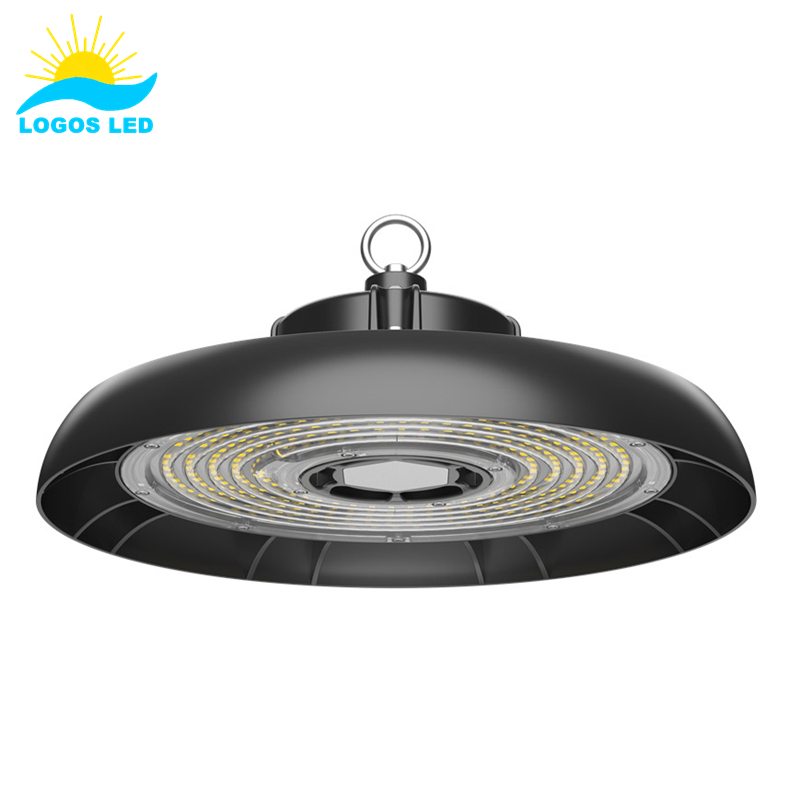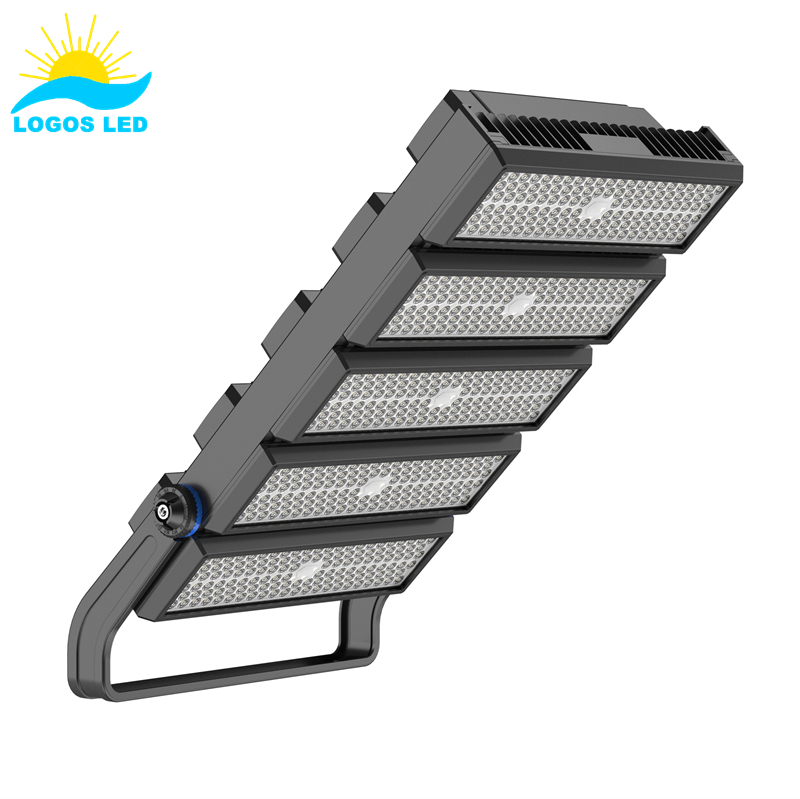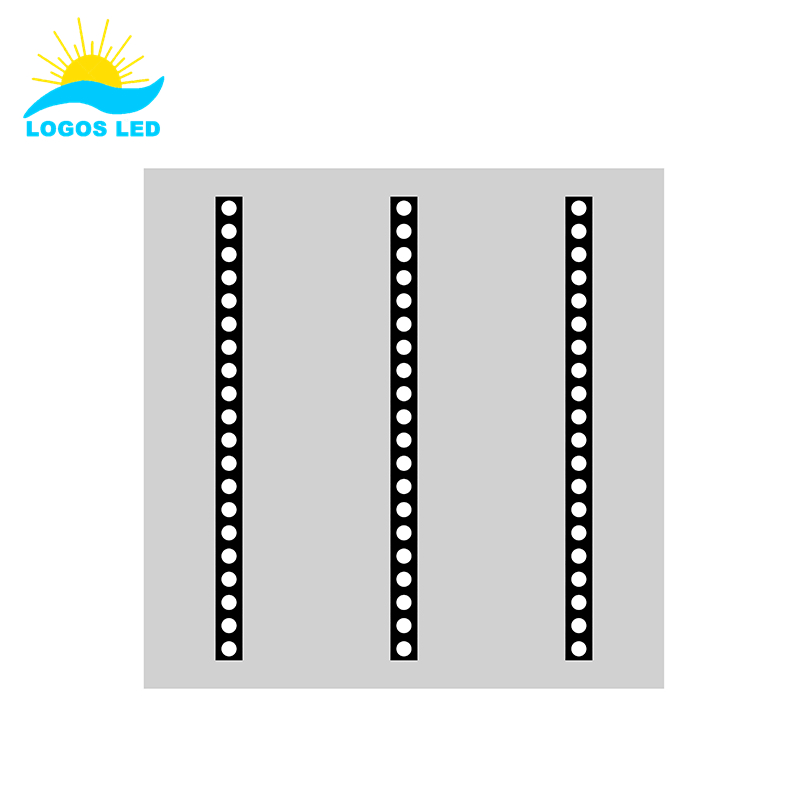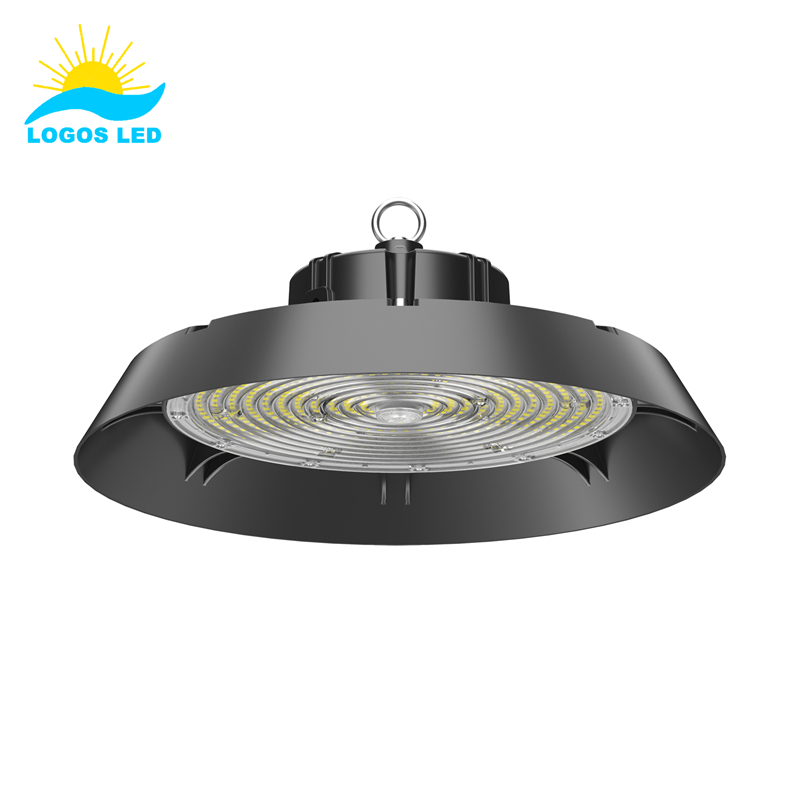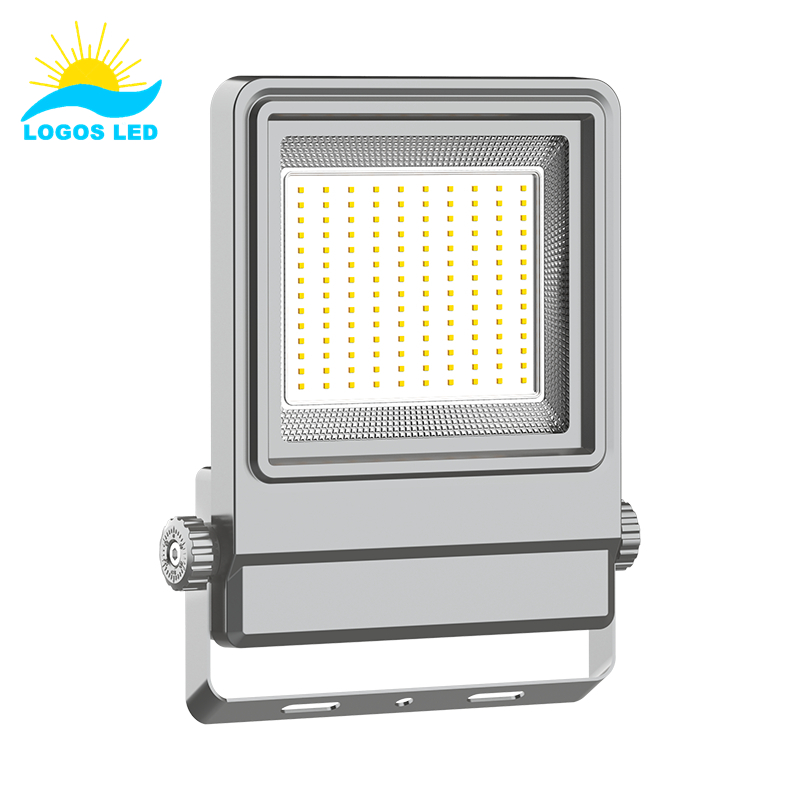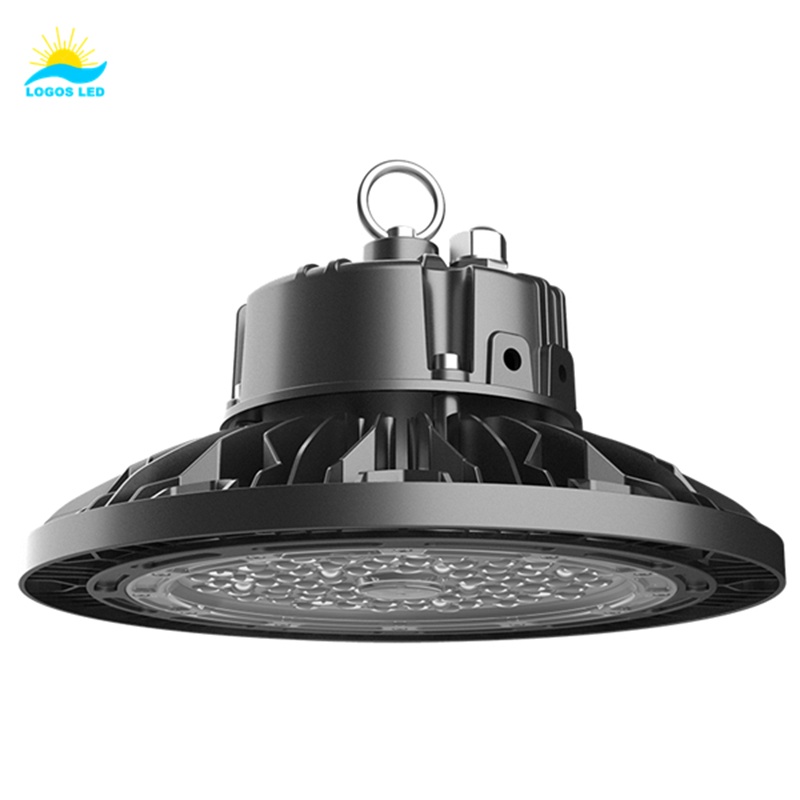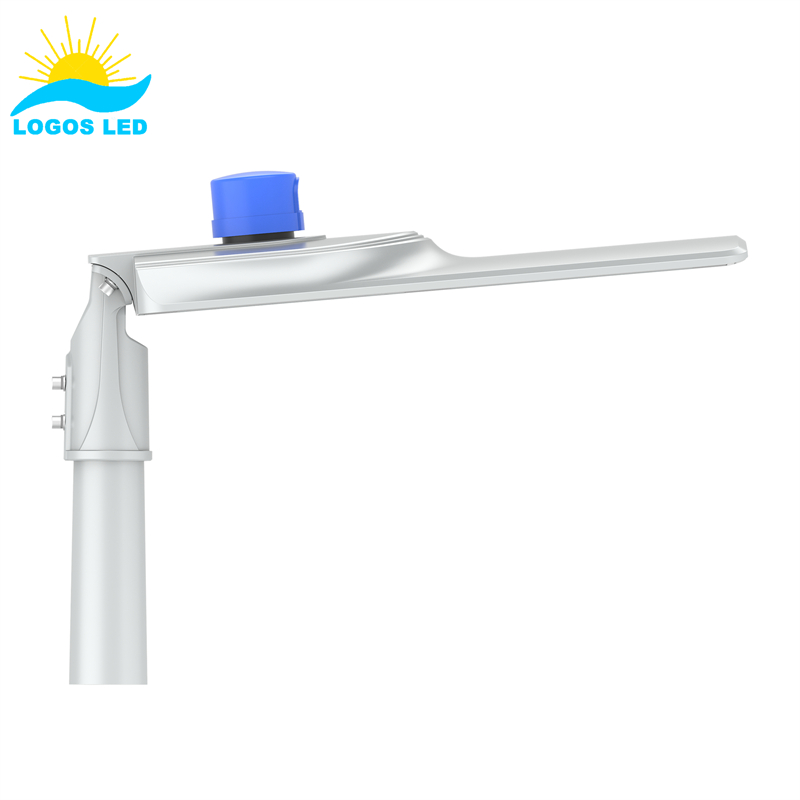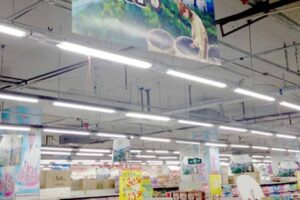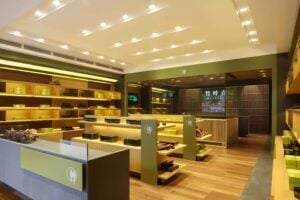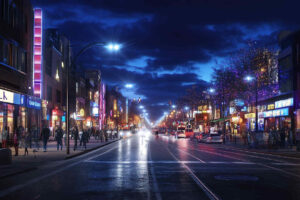If you’re like me, you probably had enough of those old fluorescent lights. Their flickering and humming sounds cause eye strain, headaches, reduce productivity, and waste lots of energy. Luckily, replacing fluorescent tubes with LEDs isn’t just easy—it saves you money. Keep reading and I’ll show you exactly how to switch quickly and safely.
Switching from standard fluorescent lights to LED tubes has huge benefits. LED tubes use around 50% less electricity than regular fluorescent lights. They last up to five times longer, saving you money on both electricity and replacements. Installation is easy too, whether you choose plug-and-play ballast-compatible LED tubes or ballast-bypass models. While plug-and-play LEDs let you reuse the existing fluorescent ballast, ballast bypass instructions involve slightly more effort but often have better efficiency and longevity. Whichever you choose, LED tubes significantly reduce your energy bill, offer clear bright lighting, improve your workspace’s appearance, and enhance worker productivity and safety.
Now, let me help you understand how to choose, install, and safely switch to LED tube lighting solutions step by step.
Table of Contents
How Do LED Tubes Save Energy?
I vividly recall the moment our company decided to switch our workshop lighting from old fluorescent tubes to LEDs—the reduction in energy bills was remarkable! LED tubes typically offer around twice the lumens per watt compared to fluorescent lights. This means that when you replace fluorescent bulbs with LEDs, you’re getting more light for less electricity.
High-quality LED tubes can achieve 120-150 lumens per watt, whereas traditional fluorescent lights manage only about 60-100 lumens per watt. Essentially, this allows you to cut your energy usage by half, or even more. Over their lifespan, the energy savings can easily cover the initial investment, especially in commercial or industrial settings where lighting is a major part of the electricity bill. This transition not only lowers costs but also boosts overall efficiency significantly.
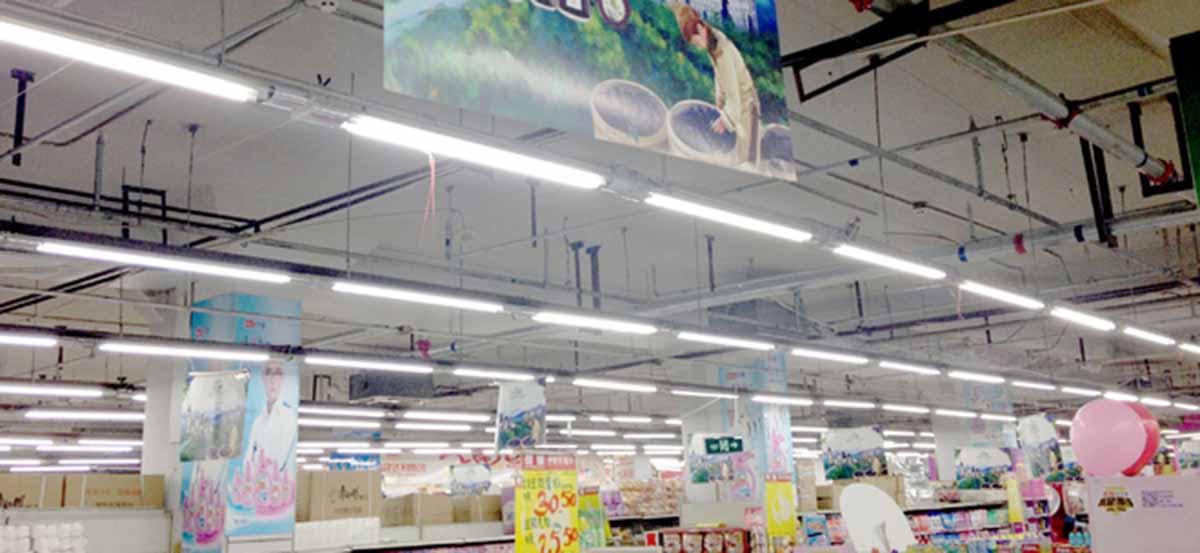
Types of LED Tube Lights Explained
When selecting LED tubes, two key options often come into play: plug-and-play and ballast-bypass LED tubes. Plug-and-play tubes are ballast-compatible, meaning they fit right into your existing fluorescent fixtures without the need for rewiring. This option is perfect if you’re seeking a quick and simple upgrade.
In contrast, ballast-bypass LED tubes, also known as direct-wire, require the removal or bypassing of the fluorescent ballast. While initially a bit more complex to install, this choice often proves to be more efficient. It eliminates issues associated with ballast failures and generally offers greater long-term reliability. I’ve assisted in converting several facilities using the ballast-bypass method and found this approach to be safer and more dependable for sustained use.

Types of LED Tubes
What Are T8, T5, T12 LED Tubes?
When I first encountered LED tubes, terms like T5, T8, and T12 were confusing. Now, they make perfect sense. The “T” stands for “tube,” and the number indicates the tube’s diameter in eighths of an inch. For example, T8 tubes are one inch thick (8 eighths of an inch), while T5 tubes are slimmer at 5/8 of an inch. T12 tubes, which are less common today, have a thickness of 1.5 inches.
When you’re transitioning from fluorescent to LED tubes, it’s crucial to know the size and compatibility of your fixtures. Most fixtures typically use T8 tubes, and fortunately, T8 LED retrofit kits are available to easily replace the old fluorescent lights, making the upgrade straightforward and efficient.
How Do I Safely Replace Fluorescent Tubes with LED Tubes?
When working with electrical products, safety is my top priority. Always start by turning off the main power before installing your LED tubes. If you’re performing a fluorescent ballast bypass, refer to trustworthy sources like detailed guides to ensure you’re following the correct steps.
For plug-and-play LED tubes, verify that your ballast is compatible by checking the manufacturer’s compatibility list. Ensure the safe installation of LED tubes by closely following the manufacturer’s guidelines. If any step seems unclear, it’s always a good idea to seek professional assistance or directly contact your supplier for support. Prioritizing safety and accuracy will lead to a smooth and reliable installation process.
Are LED Tubes Compatible with My Fixture?
Many people I know often ask if their current fixtures can be used with the latest LED replacements. Generally, the answer is yes! Most modern LED fluorescent tube replacements are designed as plug-and-play options, which means they work easily with common fluorescent ballast types. However, keep in mind that some older ballasts might need to be replaced or bypassed.
To prevent compatibility issues, it’s wise to request detailed compatibility guides from your supplier or consider choosing ballast-bypass options. These can fit almost any fixture without concern, offering a hassle-free upgrade to your lighting system.
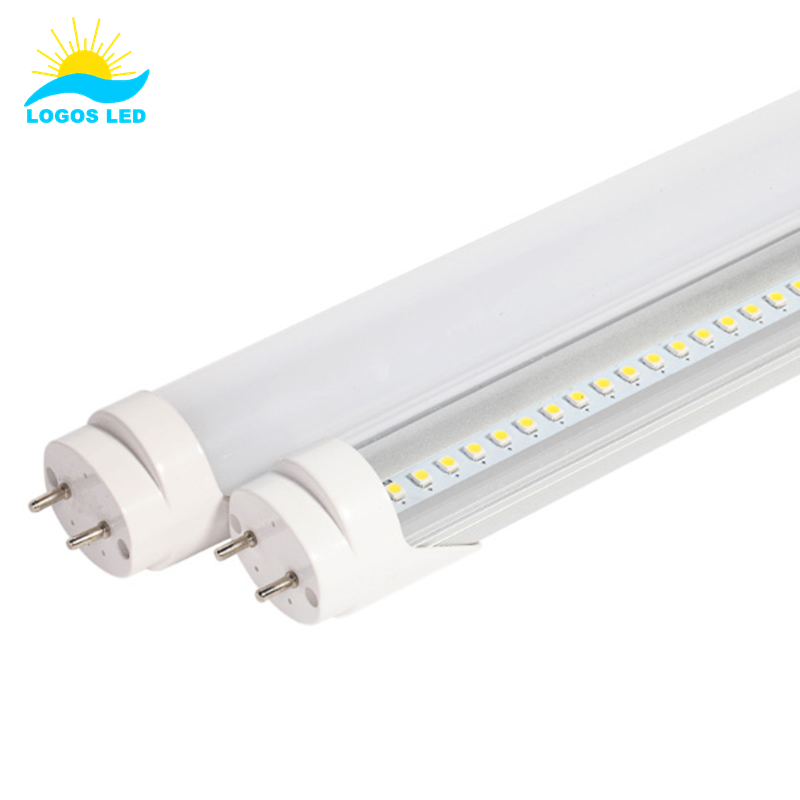
LED Tube Efficiency: Lumens per Watt Matters!
Efficiency was a bit of a mystery to me until I got involved in the lighting industry. In simple terms, it means how much light you get for each watt of electricity used. The higher the lumens per watt, the brighter the light with less energy, leading to significant savings over time. LED tube efficiency usually ranges from 120 to 150 lumens per watt. When selecting LED tubes, it’s always wise to choose those with high lumens per watt ratings to ensure you get the best energy savings possible. This approach not only cuts costs but also maximizes the performance of your lighting system.
Understanding DLC Certified LED Tube Lights
You’ve probably come across the term “DLC certified” frequently—it stands for DesignLights Consortium certified. This certification means that LED tube lights meet certain efficiency and quality standards set by an independent organization. Using DLC-listed lights not only guarantees a high level of quality, but it often allows you to qualify for energy rebates and incentives from utility companies. To make the most of your lighting investment, always inquire about DLC certification with your supplier. This ensures you’re getting the best return on investment for your lighting upgrades.
How Much Do LED Tubes Cost?
LED Tube Lifespan—How Long Do They Really Last?
Traditional fluorescent lamps generally have a lifespan of about 10,000 hours. In comparison, LED tubes often last around 50,000 hours or even more. In my workshop and warehouse, benefiting from this extended lifespan has translated to significantly fewer replacements and a notable reduction in maintenance costs. Consider the long-term savings on replacements, disposal costs, and minimizing disruptions to your workflow—choosing LEDs is undoubtedly a smart move. They offer not just savings but also peace of mind, making them the ideal choice for anyone looking to optimize their operations.
Environmental Benefits of Using LED Tube Lights
Disposal and Recycling of Fluorescent Tubes After Replacement
When it comes to disposing of old fluorescent lights, proper disposal is crucial due to the mercury they contain. Always take fluorescent tubes to licensed recycling centers. I’ve used resources like Earth911 to find local recyclers easily. This safe disposal method not only protects the environment but also ensures compliance with local regulations, helping you avoid potential fines. It’s a responsible and necessary step that aligns with both environmental consciousness and legal obligations.
Conclusion
Switching from traditional fluorescents to LEDs is more straightforward than you might think—trust me, I speak from plenty of experience. The benefits are immediate and long-lasting, including significant energy savings, simpler maintenance, enhanced safety, and positive environmental impact. LED tubes offer a smart, efficient upgrade that makes a real difference. If you need assistance or have any questions about LED lighting, Logos Lighting is here to guide you. Contact us today! We’re excited to help you transition to a better lighting solution with ease and efficiency.
Request A Free Quote Now!
Send us a message if you have any questions or request a quote. We will get back to you ASAP!




